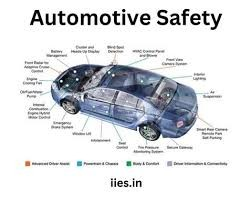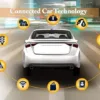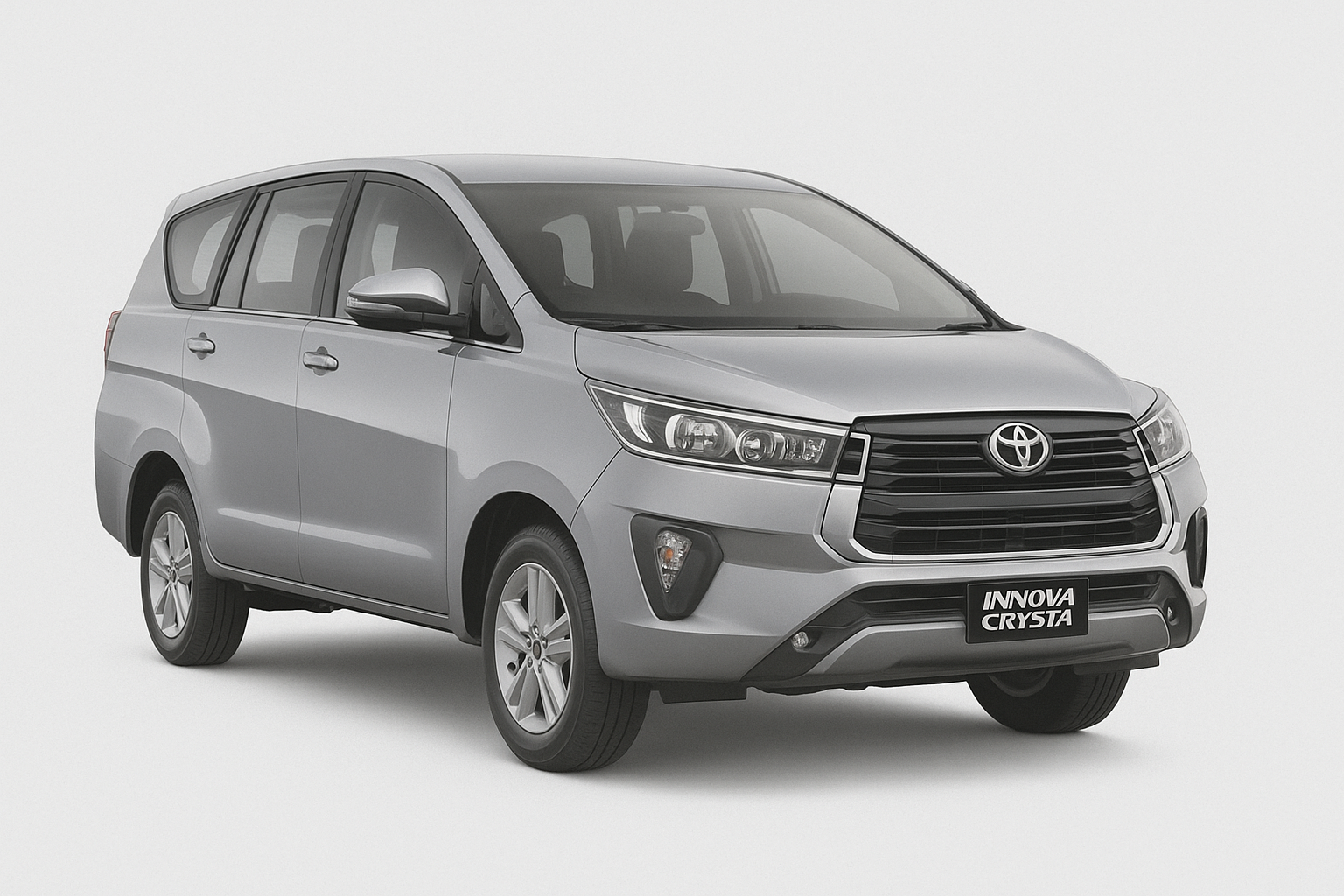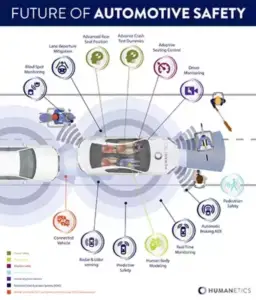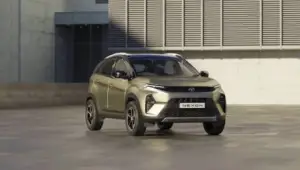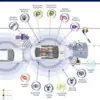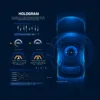Safety has always been a cornerstone of automotive innovation. Modern cars come equipped with a plethora of safety features designed to protect passengers and pedestrians alike.
Key advancements include adaptive cruise control, lane-keeping assist, collision avoidance systems, and pedestrian detection. Airbags and seatbelt technologies have also evolved, offering enhanced protection during crashes.
Automakers are now introducing features like 360-degree cameras, driver monitoring systems, and emergency braking systems, further raising the safety bar. These features not only save lives but also enhance the overall driving experience by reducing stress.
Volvo, a pioneer in car safety, continues to lead the way with its commitment to zero fatalities in its vehicles. Other brands are also investing heavily in making their vehicles safer than ever before.
Safety has always been a paramount concern in the automotive industry. Over the decades, car manufacturers have introduced groundbreaking technologies that aim to protect not only the driver and passengers but also pedestrians and other road users. In modern cars, advanced safety features have evolved from being luxuries to becoming essential components. These features are redefining what it means to drive safely, paving the way for a future where accidents are rare and avoidable.
The Evolution of Automotive Safety
- Passive Safety Systems:
Early safety measures focused on minimizing injuries during accidents. Features like seat belts, airbags, and crumple zones were among the first innovations. These systems remain crucial today, with modern enhancements such as multi-stage airbags and pretensioning seat belts. - Active Safety Systems:
Active safety involves preventing accidents before they occur. This category includes anti-lock braking systems (ABS), electronic stability control (ESC), and traction control systems (TCS), which ensure vehicle stability under various conditions. - Next-Generation Safety:
Modern vehicles integrate artificial intelligence, machine learning, and IoT technologies to anticipate and react to potential hazards in real-time, making them safer than ever.
Key Advanced Safety Features
- Adaptive Cruise Control (ACC):
ACC maintains a safe distance from the car ahead by automatically adjusting the vehicle’s speed. Advanced versions, like Predictive ACC, can adjust speeds based on upcoming curves or traffic patterns. - Collision Avoidance Systems:
These systems use sensors and cameras to detect potential collisions and alert the driver. In some cases, they can even apply emergency braking to prevent an accident. - Lane-Keeping Assist (LKA):
LKA prevents unintentional lane drifting by gently steering the car back into its lane. Some systems, like Lane-Centering Assist, go a step further by keeping the car centered within its lane at all times. - Blind Spot Detection (BSD):
BSD systems use radar to monitor areas that the driver cannot see. Alerts are provided when another vehicle is detected in the blind spot, reducing the risk of collisions during lane changes. - Pedestrian Detection Systems:
Cameras and sensors identify pedestrians in the vehicle’s path and warn the driver. Advanced systems can even apply brakes autonomously if a collision seems imminent. - 360-Degree Cameras and Parking Assistance:
Surround-view cameras provide a complete view of the vehicle’s surroundings, making parking and maneuvering in tight spaces much safer. - Driver Monitoring Systems (DMS):
DMS uses cameras and sensors to monitor the driver’s attention and alertness. If signs of drowsiness or distraction are detected, the system issues warnings or suggests breaks. - Automatic Emergency Braking (AEB):
AEB systems autonomously apply the brakes when a collision is imminent and the driver fails to react in time. These systems are especially useful in urban traffic scenarios. - Traffic Sign Recognition (TSR):
Cameras read and interpret road signs, displaying important information like speed limits or warnings on the dashboard.
How Advanced Safety Features Enhance the Driving Experience
- Reduced Driver Fatigue:
Systems like ACC and LKA allow drivers to focus less on routine tasks and more on the road ahead, reducing fatigue during long journeys. - Enhanced Situational Awareness:
Features like BSD and 360-degree cameras provide drivers with a better understanding of their surroundings, minimizing blind spots and unseen hazards. - Increased Confidence:
Knowing that the vehicle is equipped with advanced safety measures instills confidence in drivers, encouraging safer driving habits.
Future Trends in Automotive Safety
- AI-Powered Safety:
Artificial intelligence will play a critical role in enhancing safety systems. AI will allow vehicles to predict and adapt to complex scenarios, such as detecting erratic driving behaviors or anticipating road conditions. - Vehicle-to-Everything (V2X) Communication:
V2X communication will enable vehicles to exchange data with other vehicles, infrastructure, and even pedestrians. This real-time data exchange will further reduce accidents. - Fully Autonomous Safety Systems:
As autonomous vehicles become mainstream, safety systems will become fully integrated into self-driving algorithms, ensuring that vehicles make optimal decisions in all scenarios. - Biometric Monitoring:
Future vehicles may incorporate biometric systems to monitor the driver’s health, such as heart rate and stress levels, ensuring they are fit to drive.
Challenges and Implementation
- Cost of Technology:
Advanced safety features often increase vehicle costs, making them less accessible to budget-conscious buyers. However, economies of scale and advancements in technology are expected to lower these costs. - Education and Training:
Drivers need to understand how to use these systems effectively. Automakers and regulatory bodies are focusing on raising awareness and providing adequate training. - Maintenance and Reliability:
Advanced systems require regular maintenance to function properly. Manufacturers are investing in robust technologies that are reliable and durable.
Conclusion
Advanced safety features are no longer optional; they are a necessity in modern vehicles. They not only save lives but also make driving a more comfortable and stress-free experience. As technology continues to evolve, the integration of even more sophisticated safety systems will ensure that the roads become safer for everyone. Investing in a car equipped with these features is a step towards a safer and more secure future.

